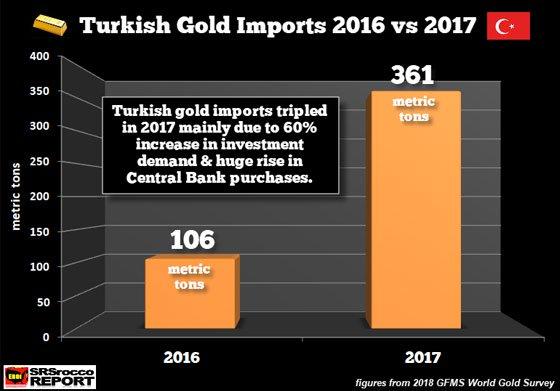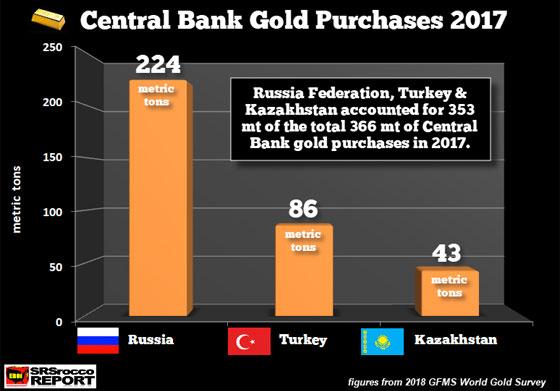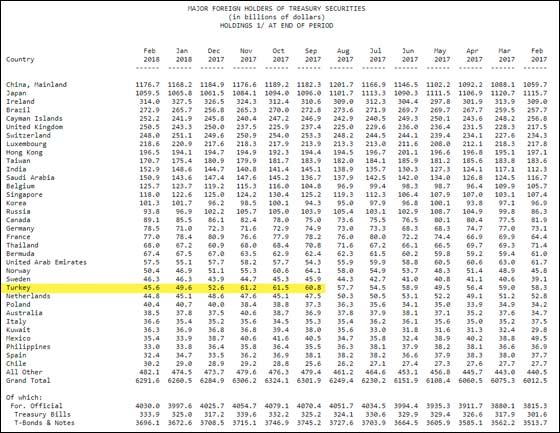Last week, used car prices had their biggest drop since 2009 – directly after the financial market meltdown of 2008.
Right now, the auto market is showing signs of incredible worry.
Delinquent subprime auto-loans are higher than they were in the last recession.
Look for yourself...
What’s interesting – and worrisome – is that consumers are defaulting on subprime auto loans when the economy is reportedly doing ‘very well’.
Like I wrote last week – there are cracks under the economy’s foundation. And it’s like a bucket of cold water in the face of the mainstream financial media that’s pushing the ‘growth’ story.
We must ask ourselves – “if things are going so well, why are subprime loan delinquencies at a 22-year high?”
I can’t help but feel a bit nostalgic. This was the same situation that led up to the 2008 housing crisis. . .
First, there was massive growth in mortgage-backed securities and mortgage debt. Then, the Federal Reserve – led by Alan Greenspan – began aggressively raising rates after years of low rates. Soon after, subprime loans started blowing up – which trickled into the prime loans. And eventually, everything was in chaos.
Using the often-ignored Austrian Business Cycle Theory (ABCT) – coined by the little-known but brilliant economist Ludwig Von Mises – I am blaming the Fed for all this.
Thanks to the Fed, a near decade of zero-interest rate policies (ZIRP) and three rounds of Quantitative Easing (which totaled over $3.8 trillion in printed money) – the consumers became hooked on cheap auto loans. . .
Their policies made the entire system fragile by getting consumers addicted to cheap debt through their easy money.
They then began tightening credit – crippling the borrowers.
Think of it this way – imagine you’re addicted to alcohol. And your bartender keeps giving you cheap drinks each night for months. Eventually, from drinking way more than you should’ve been able to afford, you now have a very high tolerance.
But suddenly – the bartender becomes strict and starts giving you less booze. He tells you, “sorry but no more free alcohol for you.” Problem is, you wouldn’t have drank so much if you had to pay full price for it.
Now you’re left with awful withdrawals – scrounging together all the extra money you can just to pay for a drink. But the only way you can really afford to feel better is if he starts giving out free drinks again or you painfully detox.
Just look at the collapse in auto-loan growth since 2015 – when the Fed began tightening with their end of QE and talk of rate hikes...
Clearly the higher rates had an impact on new auto loans.
But a bigger – and more pressing – problem is that the Fed’s short-term interest rate hikes are making these current subprime auto loans unserviceable. The borrowers are having a harder time paying more interest for an asset that depreciates 15% the moment they take it off the lot.
Clearly, affordability is becoming a problem. . .
As I learned from Ludwig Von Mises and the other brilliant Austrian economists – the Fed created a bubble in auto-loans by keeping rates low and printing trillions. And now they’re going to blow the whole thing up with their rate hikes.
Just like taking the free drinks away. . .
I expect delinquent subprime loans to keep hitting new highs. And I expect the ‘growth’ story the pundits keep pushing down our throats will fade.
Because even if the auto-loan industry and general economy hasn’t rolled over yet, each new Fed rate hike pushes us one step closer to the edge.
0.25% at a time. . .
So, with our Macro-Fragility Index (MFI) alarmingly high in the auto sector – I’m going to spend time looking for opportunities here.
History shows us that when things start their descent into collapse – the subprime market is the first to get hit.
Food for thought. . .
"What Is The Magic Number?": Wall Street Answers The Most Important Question For Investors Today
In its latest Fund Manager Survey, Bank of America asked what may be the most important questions for investors today: "What level of US 10y Treasury yields would cause you to rotate from equities into bonds?"
That level, which Bank of America's Michael Hartnett has repeatedly dubbed the "magic number", rose from 3.5% last month to 3.6% in the May survey, and represents that weighted mid-point of the responses by the 223 survey participants, who manage a total of $643BN .
As a reminder, last week Hartnett explained why he agrees with the FMS response, saying "it should not be a surprise if reallocation starts before yields get to 3.5%. Indeed, as we breached 3% the following asset classes all suggested that the 3-3.5% range would become “painful” if not accompanied by much stronger economic data." As the BofA CIO further added, banks, homebuilding stocks, US dollar, EM, yield curve all suggested 3% on the 10-year Treasury yield was the "magic number."
- Lower US bank stocks: rise in rates was shifting from a “good” rise to a “bad” rise (financials underperformed utilities by 1250bps since mid-March)
- Lower US homebuilding stocks: a good lead indicator of interest rates, homebuilding stocks are saying the Fed is making a “policy mistake”
Then, yesterday, as 10Y yields broke out to fresh post-Taper Tantrum highs, rising above 3.05% and as high as 3.09%, a level not seen since 2011, Bill Gross tweeted that "the Economy can't support yields higher than 3.25% for 30s and 10s, nor 3% for 5s. Continuing hibernating bond bear market is best forecast."
And, as we also showed yesterday, demonstrating the recent sharp drop in loan demand across the board as a result of higher rates despite far easier lending conditions, and affecting everything from C&I loans...
... to residential mortgages...
... to consumer loans...
... Gross is right, only the Fed hasn't quite realized yet that US interest rates are now at a level that leads to not only lack of loan growth, but outright deleveraging, loan destruction and thus, deflation.
To underscore his point, Gross also noted the technicals and said that "30yr Tsy long-term downward yield trendline for the past 3 decades now at 3.22%, only ~4bps higher than today's yield." Asking rhetorically, "will 3.22% be broken to upside?" his answer was no.
Then, overnight, another bond titan - and Gross' former employer - Pimco also agreed with the "magic number" consensus, when its co-head of Asia-Pacific, Robert Mead, said that 10Y yields will move in a 3% to 3.5% range for the rest of the year as the Federal Reserve continues raising interest rates.
Addressing the second longest US economic expansion, and second oldest business cycle in US history...
... Mead stated the obvious to the Bloomberg Invest summit in Sydney: "we do think this hiking cycle is quite well advanced." adding that while "the backdrop of the U.S. economy has been pretty strong and going for a long time. At some point we will find these high yields will become an impediment for growth.”
As the charts showing negative loan demand above suggest, that point is now.
Mead then said that the higher rates rise, the more the record short overhang will, or at least should, be unwound: “Nothing is pound-the-table cheap,” but rising yields mean investors can gradually reduce their underweight bond positions, Mead told the Bloomberg conference.
Confirming this observations, Mark Delaney - the chief investment officer of AustralianSuper Pty, the nation’s largest pension fund - said he was thinking about buying bonds again after selling almost all holdings last year.
"We sold almost all our bonds in 2017, but now they’re a percent higher - a percent plus, a bit higher - we’re starting to think about whether or not we should start closing those short positions," Delaney told the Australian summit.
It's not just positioning however, and the inevitable short squeeze: according to Jeffrey Johnson, head of Asia-Pacific fixed income at Vanguard Australia, inflation will remain anchored due to the global secular deflationary tailwinds:
Powerful forces such as demographics, globalization and technology should keep a cap on yields, Johnson told the summit.
Putting that in numbers, Johnson said that the fair value for U.S. 10-year yields would be 3% to 3.25%. And as evidence, he added that Vanguard has seen evidence of investors getting back into fixed income to take advantage of the higher yields.
Ultimately, it will be up to the pension funds of the world, most of whom are significantly underinvested in fixed income having rushed into equities in recent years, to be the marginal buyer that pushes rates decidedly lower, especially if the Fed indeed plans to hike at least another 3 more times this year, in which case if Wall Street is right, it would be the Fed itself that inverts the yield curve.
But there's time before that happens. For immediate next steps, just keep an eye on the value of the US Dollar: should the recent torrid rally finally fizzle, that will be the time to go long bonds. Fonte: qui























